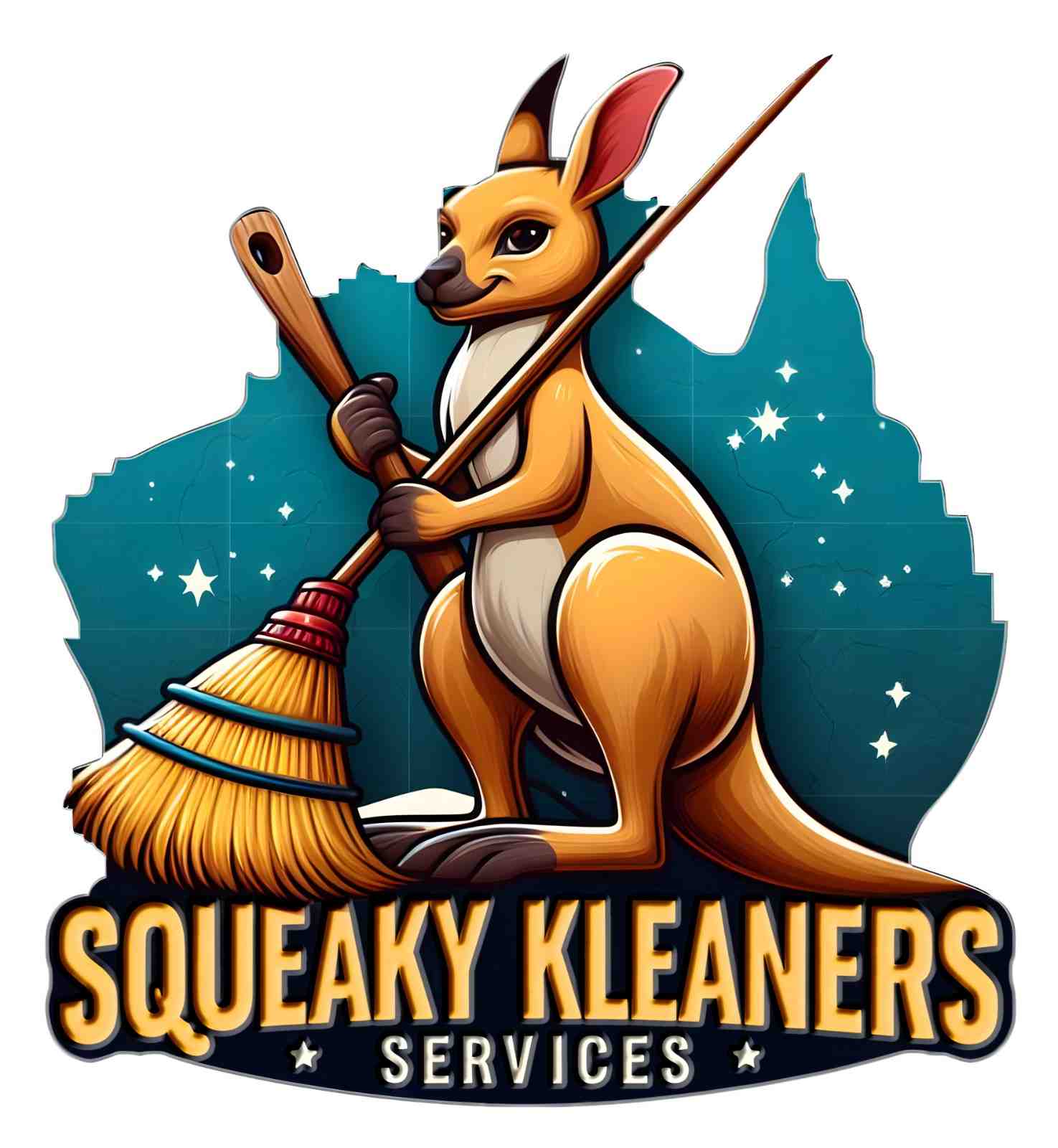Your Sydney Hospital Bed Rail Has More Bacteria Than a Public Toilet Seat
Sydney hospital cleaning standards Shocking swab tests show:
-
58% of “cleaned” bed rails test positive for MRSA
-
IV poles host antibiotic-resistant superbugs
-
Curtains changed just weekly despite blood splatter
2024 NSW Clinical Excellence Commission Report:
Hospital-acquired infections cost NSW $1.2 billion annually
Hospital infections are a serious risk, but you can take steps to stay safe. Always wash your hands thoroughly and insist healthcare workers do the same. Use disinfectant wipes on high-touch surfaces like bed rails, remotes, and trays. Question cleaning practices if something looks unclean. Bring your own pillow and blanket if possible, and avoid touching your face. If you notice unsanitary conditions, report them immediately. Staying vigilant can reduce your risk of dangerous infections. Your health is worth the extra effort—don’t assume everything has been properly cleaned.
5 Deadly Hospital Cleaning Shortcuts
-
The 90-Second Room “Clean”
-
Beds made over visible bodily fluids
-
Floors mopped with same water all day
-
-
Equipment Deception
-
“Sterilised” instruments with visible residue
-
Blood pressure cuffs never disinfected
-
-
Bathroom Biohazards
-
Toilets cleaned with the same mop used on floors
-
Shower drains growing legionella
-
-
The Hidden Hotspots
-
Light switches touched by every staff member
-
Computer keyboards in nurse stations
-
-
Terminal Clean Lies
-
Discharge cleans skipped during bed crises
-
Ventilation systems neglected for years
-
Red Flags for Patients & Visitors
⚠️ Sticky surfaces on bedside tables
⚠️ Dusty medical equipment
⚠️ Overpowering perfume smells (masking odors)
⚠️ Visible stains on curtains or walls
⚠️ Full trash bins during rounds
Life-Saving Tip: Carry hospital-grade wipes for high-touch surfaces near your bed.
Gold Standard Hospital Cleaning Protocol
✅ Electrostatic sprayers with quat disinfectants
✅ UV-C light disinfection in isolation rooms
✅ Color-coded microfiber system
✅ ATP monitoring with swab tests
✅ Daily deep cleans of high-risk areas
Sydney Case Study:
RPA reduced HAIs by 39% after implementing hourly high-touch surface disinfection.
Sydney’s Highest Risk Facilities
Overcrowded emergency departments
Aged care wards with understaffed cleaning crews
Older buildings with outdated ventilation
P.S. That “clean hospital smell”? Often just phenol-based disinfectants – not actual cleanliness.

